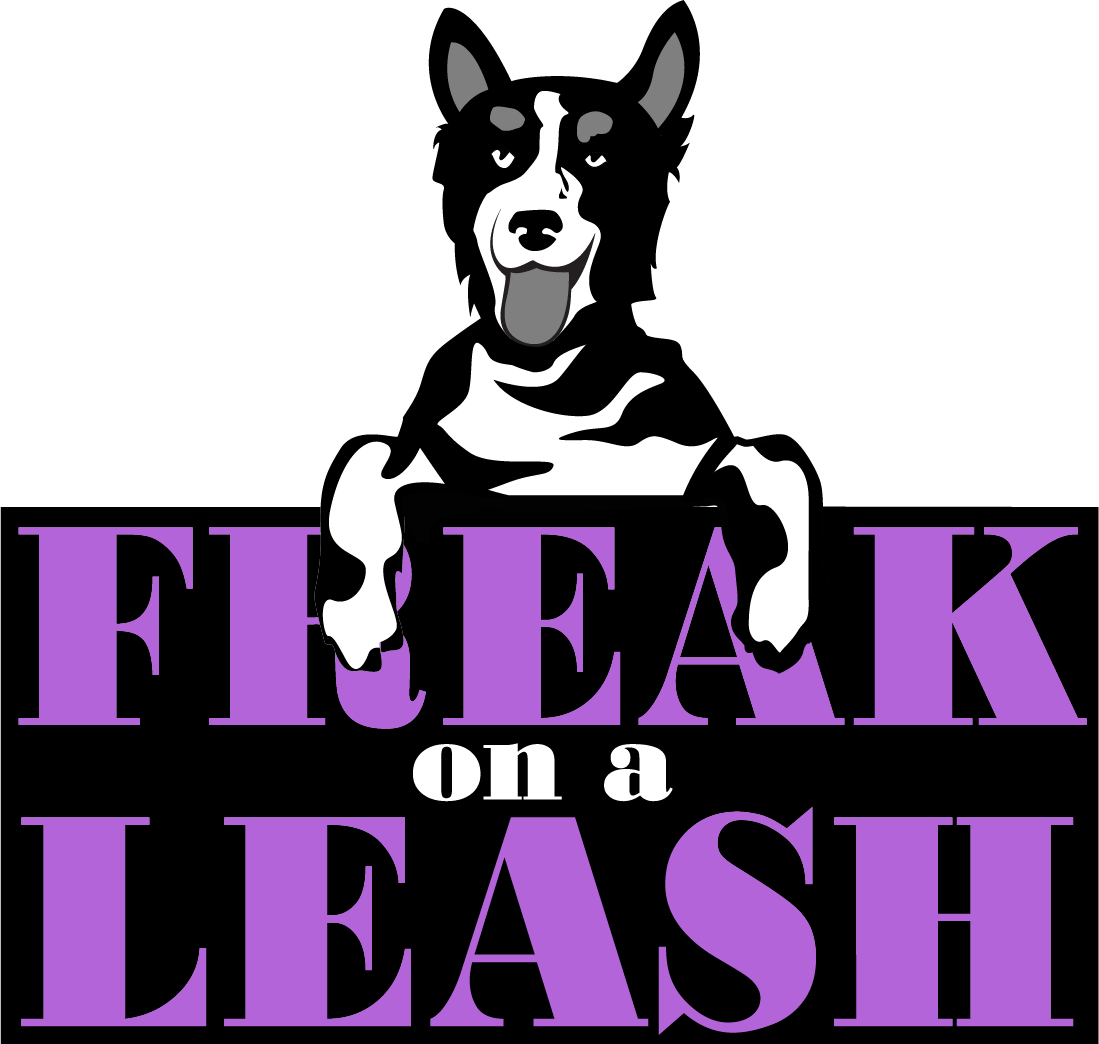Estimated read time: 12 minutes
Introduction
You thought the puppy stage was tough—until adolescence hit. One day your dog is sweet and attentive, and the next they’re ignoring every cue, pulling on leash, barking at strangers, or acting like they’ve never heard “sit” in their life. You’re not alone. Welcome to the teenage phase.
Adolescence in dogs typically starts between 5 and 6 months and can last until 18–24 months. During this time, your pup’s brain is rewiring, their hormones are kicking in, and their confidence (or fears) are growing fast. Training during this stage can feel frustrating—but it’s also a golden opportunity to shape lifelong habits.
Here’s how to survive the teenage phase and build a solid, respectful relationship with your dog in the process.
1. Why Teenage Dogs Seem to “Forget” Everything
Brain Changes Are Real
Like human teens, adolescent dogs are experiencing a huge shift in brain chemistry. Their prefrontal cortex—the part responsible for decision-making and impulse control—is still developing. Meanwhile, their confidence and curiosity are ramping up.
This means you’ll see:
- More risk-taking behavior
- Sudden reactivity or fearfulness
- Decreased impulse control
- Testing boundaries (yes, that’s a thing)
Your dog isn’t being defiant—they’re neurologically overwhelmed. What they need most right now is structure, consistency, and a lot of patience.
2. Common Teenage Dog Behaviors (And Why They Happen)
- Pulling on leash: Their world just got bigger, and they want to explore every inch of it.
- Blowing off recall: Their independence is growing, and your reward might not seem “worth it” compared to a squirrel.
- Barking at people or dogs: Social maturity means they’re more aware—and more unsure—about unfamiliar stimuli.
- Selective hearing: Inconsistent reinforcement during puppyhood starts to show now.
These behaviors are normal. Annoying, yes—but also temporary with the right training support.
3. What Adolescent Dogs Need Most
Predictability
Routines help teens feel safe. Try to keep feeding, walks, play, and training around the same time each day.
Appropriate Outlets
A tired dog isn’t always a calm dog—but a mentally enriched dog usually is. Prioritize:
- Sniffari walks or scent games
- Interactive toys or puzzles
- Training games that challenge the brain
Relationship-Building
Adolescents start choosing what (and who) to focus on. Make sure you’re more engaging than the environment. That might mean high-value treats, tug games, or chase-and-reward play.
4. What to Focus on in Training
1. Engagement First
If your dog can’t check in with you, the rest doesn’t matter. Practice eye contact, hand targeting, and voluntary focus daily—even just for 1–2 minutes at a time.
2. Leash Walking
Use a long line to reward checking in, sniffing calmly, and softening leash pressure. Avoid yanking or correcting—opposition reflex is strong in adolescents and can make pulling worse.
3. Mat Training
Teaching your dog to lie on a mat gives them a predictable “job” and helps with settling. Start in quiet environments and build up.
4. Come When Called
Play-based recall builds reliability. Try chase games, treat toss recalls, or “hide and seek” indoors to boost fun and reinforce coming to you.
5. Polite Greetings
Adolescents love jumping, but they can learn self-control. Reinforce calm behavior before the greeting happens—don’t wait to correct excitement after the fact.
5. What to Avoid Right Now
- ⚠️ Harsh punishments: These erode trust and increase fear-based behavior.
- ⚠️ Overwhelming environments: Keep training sessions short and in manageable places.
- ⚠️ Inconsistency: Choose clear, consistent rules and stick to them. Don’t allow jumping one day and scold it the next.
6. Dealing with Setbacks
Every teenage dog backslides. Maybe their recall gets worse, or their barking increases for a while. Don’t panic—this is part of the developmental process. Go back to basics, reinforce often, and prioritize recovery time.
And remember regression is not failure. It’s an invitation to rebuild trust, tighten routines, and offer more guidance.
7. Case Study: Bella, the Teenage Tornado
Bella was a 9-month-old Golden mix with a rock-solid puppyhood. But when adolescence hit, she started dragging her owner on walks, barking at strangers, and chasing everything that moved.
We enrolled her in our Teenage Tyrants group class, where she learned:
- Impulse control through stationing games
- Check-ins and focus outdoors
- Play-based recall and leash manners
- Calming skills like mat work and sniff walks
Six weeks later, Bella was still energetic—but she was focused, connected, and fun to live with again. Adolescence didn’t break her training—it made it stronger.
Conclusion: You’re Not Doing It Wrong—They’re Growing
The teenage phase is when most dogs are surrendered or labeled “bad.” But the truth is, they’re just overwhelmed. Their brain is changing, and their environment is getting bigger and more exciting—and more confusing.
Your job isn’t to control them. It’s to guide them through it. With consistency, positive reinforcement, and relationship-based training, your teenager will emerge as the dog you’ve been dreaming of all along.
Call to Action
Feeling like your dog has hit peak chaos? Our Teenage Tyrants class is designed specifically for adolescent dogs who are testing limits, blowing off cues, and leaving their owners frazzled.
In this 6-week class, we’ll focus on:
- Impulse control and real-life manners
- Leash walking and recall under distractions
- Building attention and engagement in busy environments
- Emotional regulation and calmness on cue
This isn’t just training—it’s survival (and a whole lot of fun). Let’s get through the teenage phase together with science-backed, fear-free strategies that work.
Sign up for Teenage Tyrants today and help your adolescent dog become their very best self.
